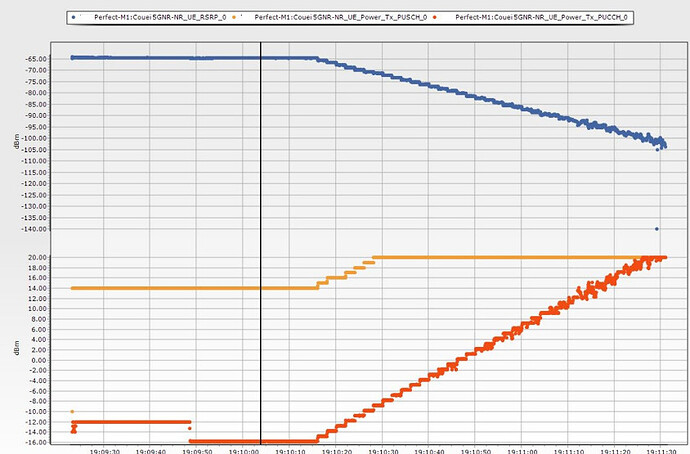Think about this: what will happen with a UE at cell edge that does not have enough power to transmit pusch with such a power to reach eNodeB with pzeronominalpusch?
Simply because it reached max tx power.
So the higher is pzeronominalpusch the more reduced will be effective cell range.
And less PRBs will be used in Uplink too due to a high pzeronominalpusch.
I don’t see it that way
p0NomPusch is used to calculate the SNR for user data during transmission or retransmission.
If UE is unable to access eNB will reduce its RBs. The knee region of UL PC.
We can also use feature like feature Uplink Spectrum Analyzer.
Yes, lower and lower throughput, till not even RRC messages will pass in Uplink.
Till the knee point UE try to increase power.
If power increase is not possible eNB reduces the number of RBs [As 23dBm is divided among all allocated RBs].
After that there is no way to further increase power and resultantly UL PSD reduces.
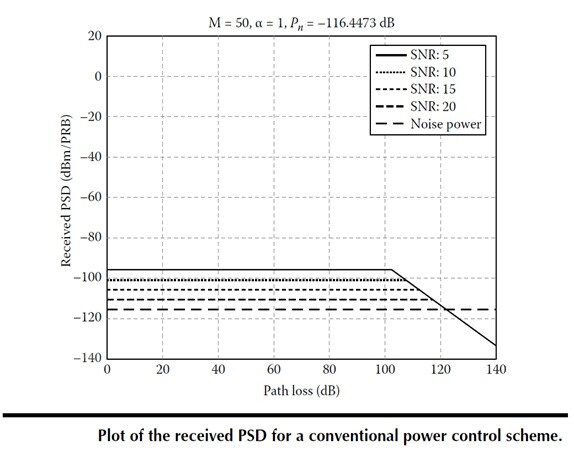
This looks very nice in theory…
Theory is the building block of practical 
Actually if pzeronominalpusch is high and you need 30 PRBs to pass a measurement report in Uplink due to bad RF then you won’t be able to pass it if pzeronominalpusch is high.
Same is the case when you set different values for target PSD.
Setting high Pzeronominalpusch just increase the UL target value.
eNB never allocate 30 RBs at once.
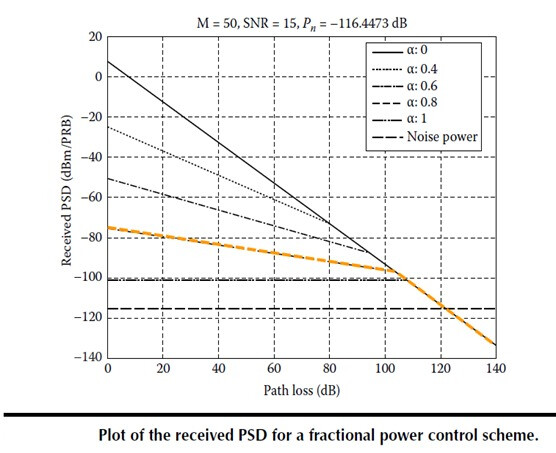
It was just an example, let me show you how it looks in real life:
A short chart between rsrp, pusch and pucch as rsrp degrades.
So depending on your SSB block power you quickly reach max tx power in uplink on pusch first then on pucch as well.
Let’s say eNB allocated 10 RBs, 23 dBm will be divided in 10 RBs, and with 10 RBs UE reached max power.
What next? How will eNB maintain the communication?
Will eNB keep assigning 10 RBs regardless of the fact that eNB is unable to decode the UE transmission?
I am not at cell edge.
It depends what data it has to send in Uplink.
Normal data.
Let’s say I am doing FTP in UL.
If just data, then it will reduce throughput as much as possible, lower and lower.
But if UE cannot pass control packets in Uplink (like RRC reconfig complete or measurement reports), there will be a drop for sure.
Do you agree that RRC reconfig complete or measurement reports goes over pusch in Uplink?
pucch is just for CQI, PMI, RI
How it will reduce the throughput?
First it will reduce modulation?
And then?
Then it will reduce number of RBs as RSRP degrades further.
I forgot to mention, chart above is for a 5G log but is the same in LTE.
Let’s say it reaches the last point. Now we have only 2 RBs.
After that we have no other option, so UE will get power limited and unable to maintain its UL PSD target.
Communication will deteriorate but will remain there.
So we can say higher values increase the noise floor overall but it has nothing to do with cell range.
Actually not. There will be UL retransmissions as RSRP degrades till it will be max rlc retrans and so RLF.
In today’s networks more than 90% deploy pzeronominalpusch to -67 with alpha 0.6 or 0.7 so it means DL range is compromised and it’s being done globally.
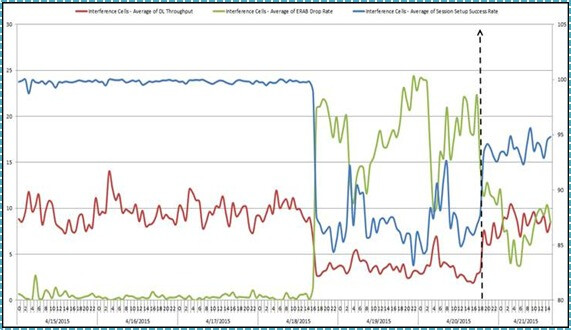
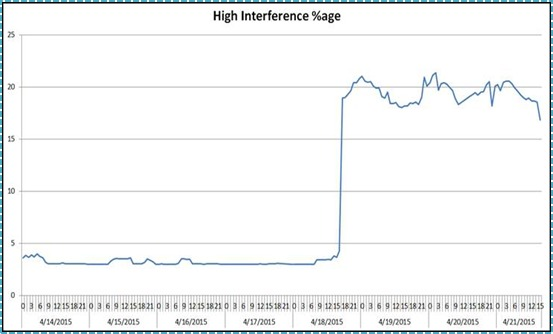
In our network back in 2015-2016 Jail administrators increased the power of jammers.
We increased the pzeronominalpusch value from default value to -90 keeping alpha = 1.
You can see all major KPIs restored to some extent and there was no shift in TA.
So only edge users suffer with aggressive value of pzeronominalpusch due to increased noise floor but it has nothing to do with cell range.
That’s what I want to communicate.
